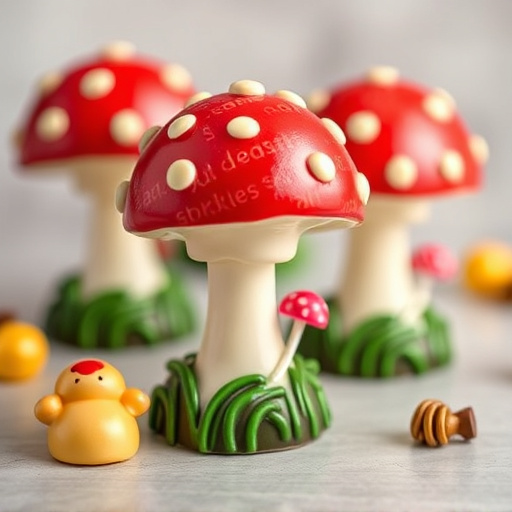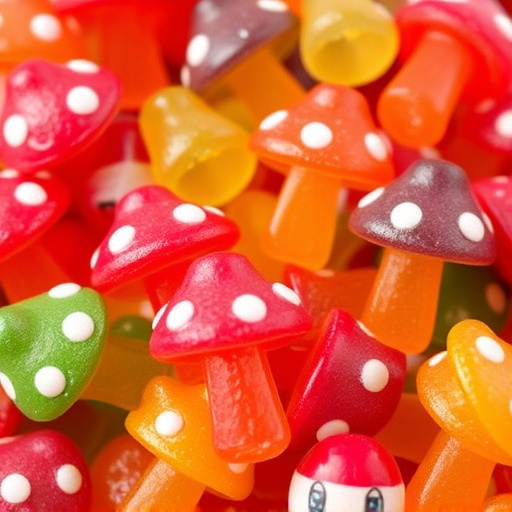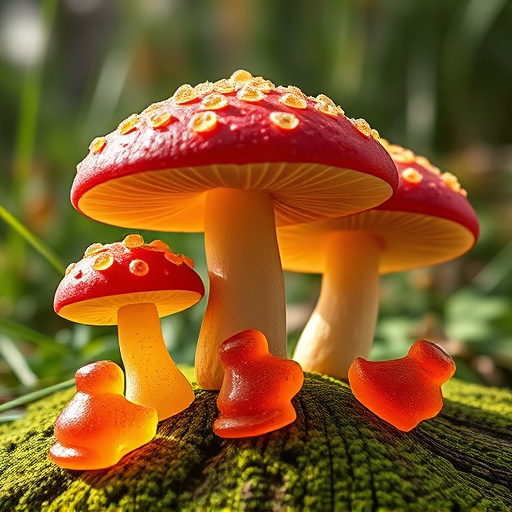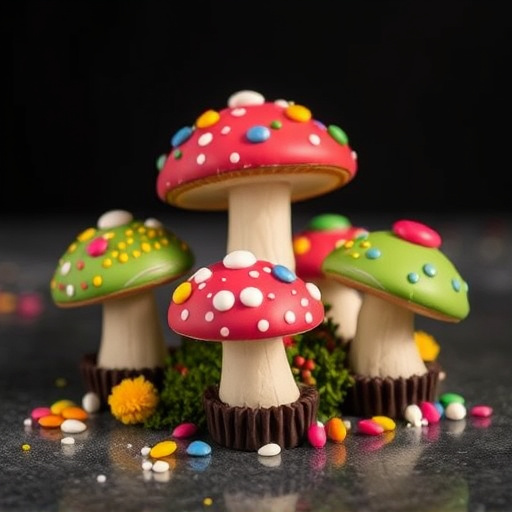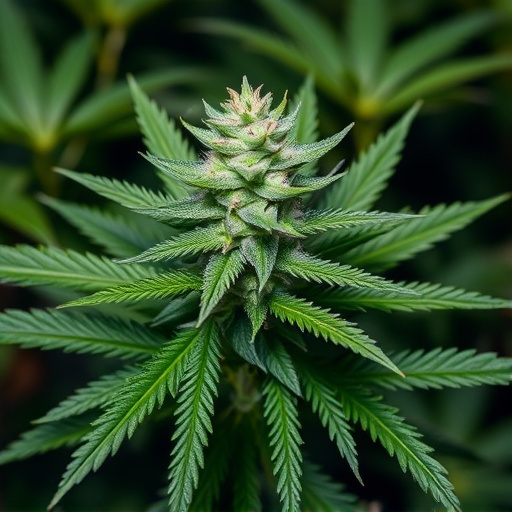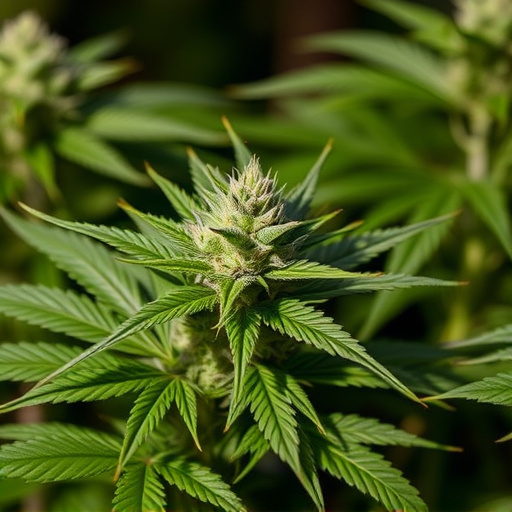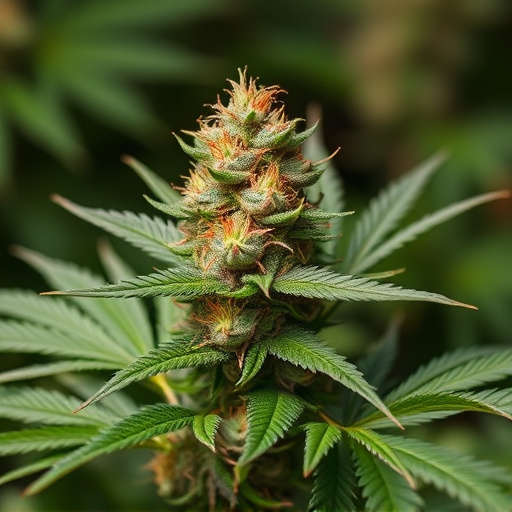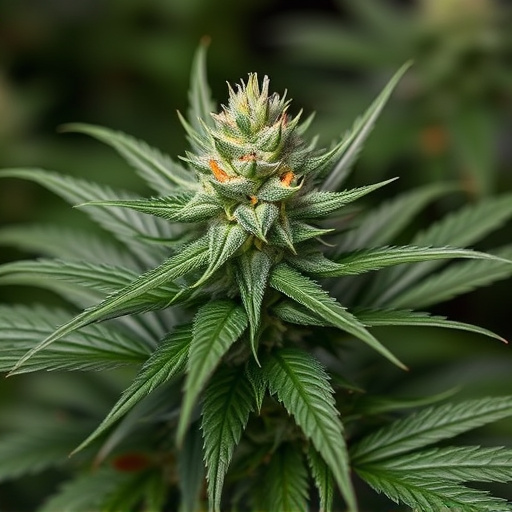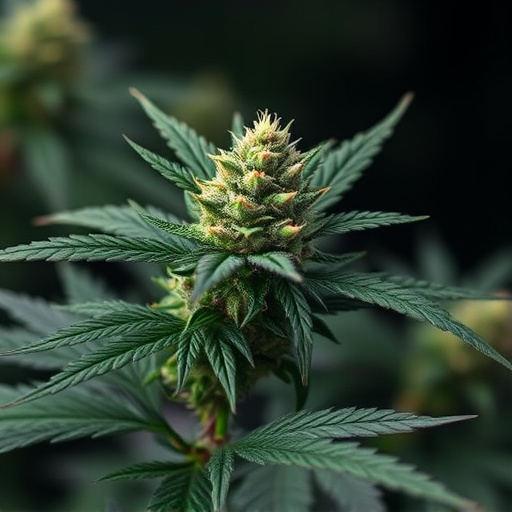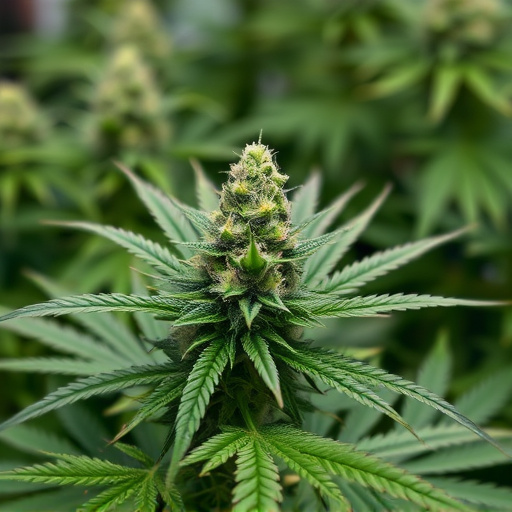Scientific research explores the connection between color and cannabis potency, particularly in high CBD strains. Bud hues, influenced by pigments like chlorophyll, carotenoids, and anthocyanins, offer insights into cannabinoid profiles. Darker shades may suggest higher levels of certain cannabinoids, while lighter colors indicate alternative compositions, providing potential therapeutic clues. High CBD strains, valued for their calming effects and reduced psychoactivity, showcase visual appeals from yellow to green and purple, linked to protective pigments that also impact flavor. Research shows specific cannabinoids and terpenes co-occur based on color groups, aiding cultivators in refining growing techniques. However, while bud color associations are popular, scientific consensus is lacking. Personal experiences regarding color and effects outweigh empirical evidence, emphasizing that while color provides visual hints, it shouldn't be the sole determinant of potency or desired outcomes in high CBD cannabis strains.
“Uncover the intriguing connection between color and cannabis potency in this comprehensive guide. We explore whether the vibrant hues of different strains hold any significance beyond aesthetics, especially for high CBD cannabis varieties. Delve into the science behind color perception and its potential impact on the user experience. Additionally, we analyze how specific colors may influence the perceived effects, offering insights into the art and science of cannabis cultivation.”
- The Science Behind Color and Cannabis Potency
- High CBD Cannabis Strains: A Closer Look at Their Color and Composition
- Perceived Effects of Different Colored Cannabis: Is There a Connection?
The Science Behind Color and Cannabis Potency
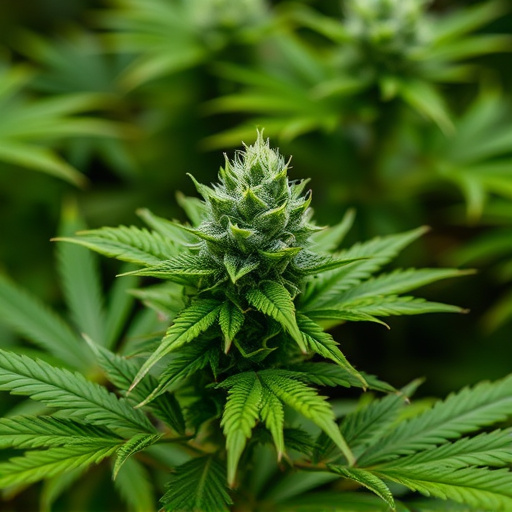
The association between color and cannabis potency has long intrigued enthusiasts and scientists alike. While it might seem like a superficial connection, recent studies suggest that the vibrant hues we associate with different cannabis strains could indeed provide valuable insights into their potential effects and composition, particularly when it comes to high CBD cannabis strains.
Cannabis plants produce a wide array of compounds, including cannabinoids and terpenes, which contribute to its unique characteristics. The color of the buds is influenced by pigments like chlorophyll, carotenoids, and anthocyanins. Research indicates that these pigments are not merely cosmetic but can serve as markers for specific cannabinoid profiles. For instance, darker shades might indicate higher levels of certain cannabinoids, while lighter hues could suggest a different chemical makeup, offering potential clues to their potency and therapeutic properties.
High CBD Cannabis Strains: A Closer Look at Their Color and Composition

High CBD cannabis strains have gained significant attention for their potential therapeutic benefits, focusing on calming effects and reduced psychoactivity compared to strains with higher THC levels. These strains often present a range of colors, from pale yellow to rich emerald green, and even shades of purple or blue. The visual appeal is more than just aesthetics; it’s closely tied to the plant’s composition.
The color variations in high CBD cannabis are largely determined by pigments like chlorophyll (green), anthocyanins (reds and purples), and carotenoids (yellows). Each pigment plays a role in protecting the plant and influencing its flavor profile. Research suggests that specific compounds, including cannabinoids and terpenes, tend to co-occur based on these color groups. Understanding these correlations can help cultivators refine their growing techniques to optimize not just potency but also desired flavor and aroma profiles for diverse consumer preferences.
Perceived Effects of Different Colored Cannabis: Is There a Connection?

The perception of color in cannabis has long been associated with specific effects and experiences. While this is largely subjective, there’s a common belief that different colored buds—from vibrant greens to rich browns—can indicate varying levels of potency and unique effects. For instance, many believe that darker shades suggest higher concentrations of desirable compounds, like CBD, in high CBD cannabis strains.
However, the connection between color and cannabis potency is not explicitly backed by scientific research. The visible differences in bud color are primarily due to variations in cannabinoid and terpene profiles, which can indeed influence effect. Yet, the correlation between color and perceived effects remains hazy. Some claim that specific colors evoke particular sensations, but these associations are often based on personal experiences rather than concrete evidence. Thus, while color might offer a visual clue about a cannabis strain’s character, it shouldn’t be the sole determinant of its potency or desired effects.
While the science behind color and its direct impact on cannabis potency is still evolving, evidence suggests that specific colors may indicate varying levels of cannabinoids, particularly in high CBD cannabis strains. The perceived effects of different colored cannabis may be attributed to a combination of factors, including visual perception, sensory experience, and individual biochemistry. As research continues, understanding the connection between color, composition, and potency can empower consumers to make informed choices, potentially enhancing their overall cannabis experience and ensuring they consume the ideal strain for their desired effects.
